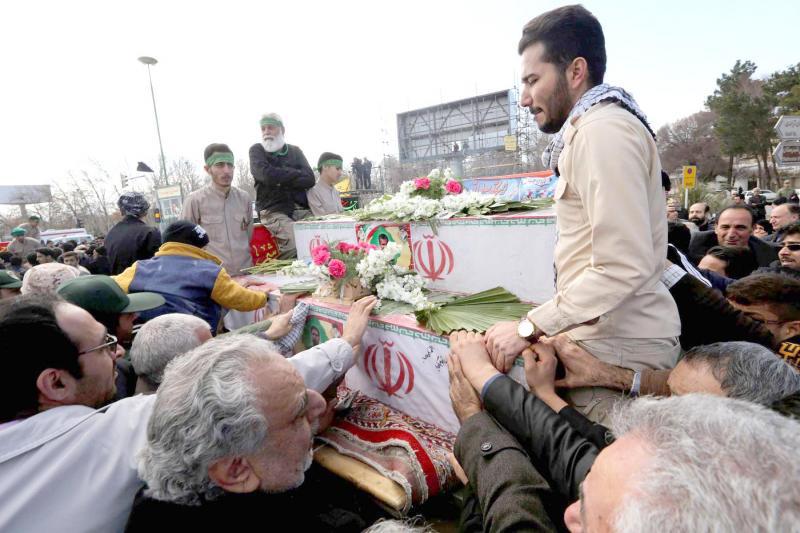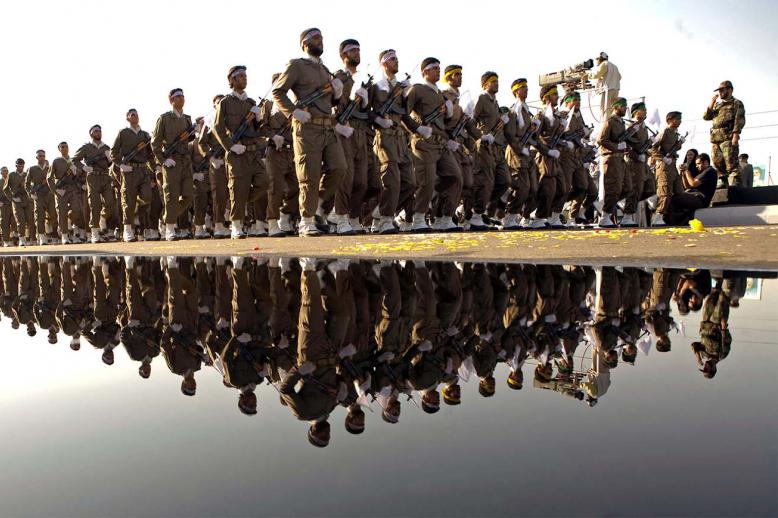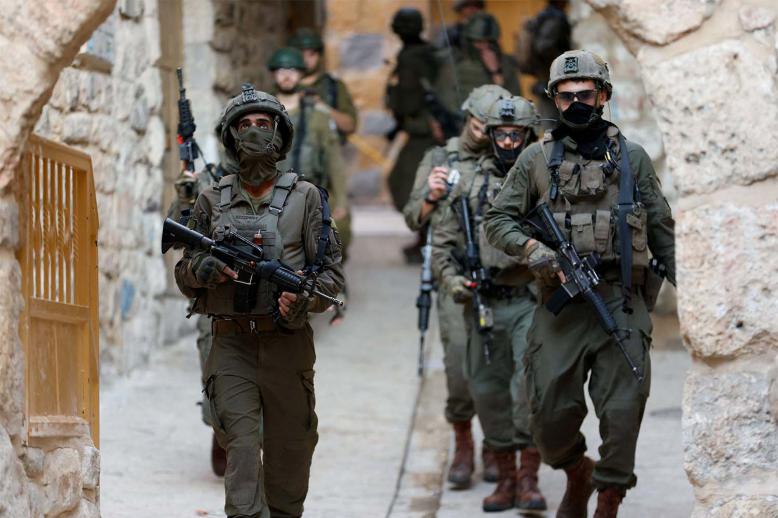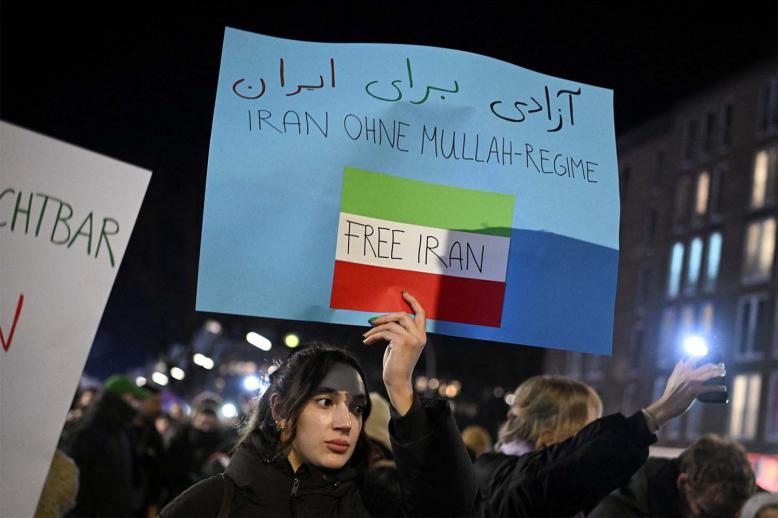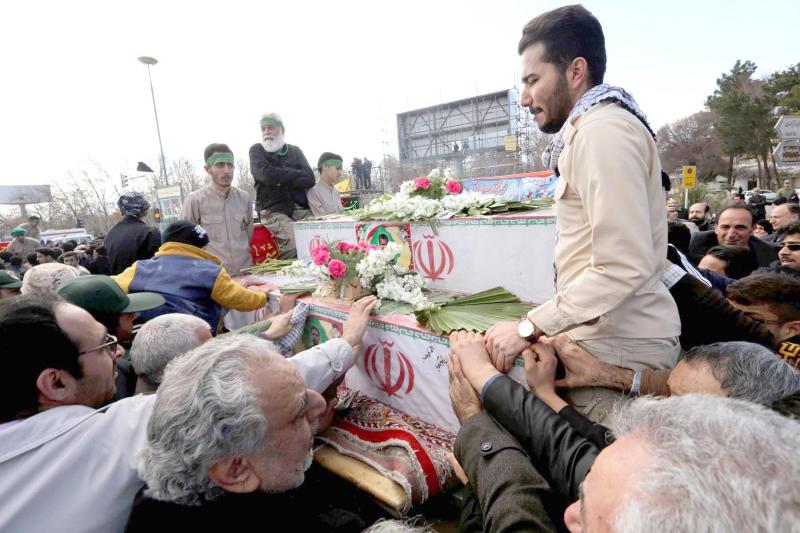Unrest in Iran’s periphery prompts concern in Tehran
As the regime in Tehran celebrated the 40th anniversary of the revolution and establishment of the Islamic Republic, there was another terrorist attack on Iran’s periphery.
A suicide bomber targeted an Islamic Revolutionary Guard Corps (IRGC) bus on the Khash-Zahedan road in south-eastern Iran, reportedly killing 27 and wounding 13 others. The Salafi jihadist Jaish ul-Adl [the Army of Justice] terrorist group, which demands a sovereign state in Iran’s Sistan-Baluchestan province, claimed responsibility for the attack.
Was this terrorist attack atypical or does it follow a pattern evident in earlier attacks? What motivated the Zahedan attack and how does Tehran intend to prevent future incidents?
Indeed, there appears to be a pattern in terrorist attacks in Iran in recent years. Most take place on Iran’s periphery, in particular Kurdistan province in the north-west, Khuzestan in the south-west and Sistan-Baluchestan in the south-east. Most are perpetrated by members of Iran’s ethnic minorities, such as the Kurds, Arabs and Baluchis, most of whom belong to Iran’s Sunni minority. The attacks primarily target the IRGC, its affiliated Basij militia and, in some instances, members of Iran’s Law Enforcement Force.
There also appears to be a change in the terrorist groups’ mode of operation. There were many civilian casualties in the September 22, 2018, attack on a military parade in Ahvaz. However, more recent incidents had fewer civilian casualties: On December 6, a car bomb near police headquarters in Chabahar, also in Sistan-Baluchestan province, killed two police officers and wounded dozens of others. The February 13 bus attack exclusively targeted the IRGC border patrol.
If one accepts the explanation offered by terrorist groups for the attacks, they are demanding independence from Iran. The demand may be real but it could just as well serve as cover for a more mercenary enterprise. Tehran, after all, provoked considerable concern among its neighbours when it expanded its sphere of influence from Afghanistan to the east to Iraq, Syria and Lebanon to the west and as far south as Yemen.
Just as Iran organised Shia militias to fight its proxy wars in the region, some of those neighbours may have recruited angry men from Iran’s Sunni community to push the fight into Iranian territory. By this logic, if Tehran is busy fighting terrorism at home, it will have less chance to push its influence abroad.
Tehran is clearly concerned about the terrorist attacks and the factors that motivate them. That said, the central government’s actions to combat separatism and terrorism are not impressive.
After each terrorist attack, the IRGC promises revenge. Then, leading IRGC commanders issue statements warning Pakistan, Saudi Arabia, the United Arab Emirates, the United States and Israel of retaliation. However, fearing direct confrontation with those countries, the IRGC, usually retaliates against Iranian citizens in peripheral regions.
Reports of the arrest of terrorists in possession of hundreds of kilograms of explosives, arms and the like are not uncommon. Neither are reports of a securitised and militarised atmosphere in the periphery.
The solution, however, may lie elsewhere: a negotiated solution to the regional rivalry between Iran and Saudi Arabia and the significant improvement of living conditions in Iran’s peripheral regions.
Ali Alfoneh is a Visiting Scholar at the Arab Gulf States Institute in Washington.
This article was originally published in The Arab Weekly.


